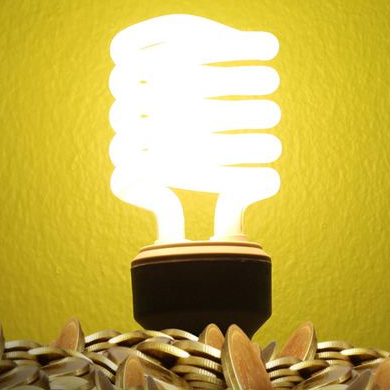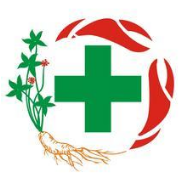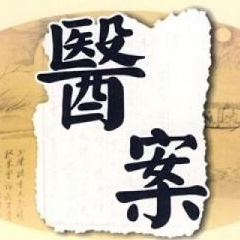The pathogenesis of gallstones (cholecystitis) mainly involves the following aspects:
1、
Damp-heat in liver and gallbladder: stagnation of liver qi and damp-heat are common mechanisms of gallstones.
Factors such as poor mood, improper diet and overeating spicy and greasy food lead to the accumulation of damp-heat in the liver and gallbladder, which accumulates in the gallbladder and promotes the crystallization of cholesterol in bile to form stones.
2、
Dampness and turbidity of spleen and stomach: imbalance of spleen and stomach and stagnation of dampness and turbidity are also related to gallstones.
Poor spleen and stomach function, indigestion, irregular diet, overeating cold and cold food and other factors lead to wet turbidity accumulation, which blocks the normal excretion and operation of bile and makes bile in gallbladder condense into stones.
3、
Qi stagnation and blood stasis may also participate in the formation of gallstones.
Long-term emotional disorder, pain and boredom and other factors lead to qi stagnation and blood stasis, which hinders the qi movement and blood circulation of gallbladder, and further leads to bile stagnation and stone formation.
In a word, Chinese medicine believes that the pathogenesis of cholelithiasis (cholecystitis) mainly involves the accumulation of factors such as damp-heat in the liver and gallbladder, dampness and turbidity in the spleen and stomach, qi stagnation and blood stasis.
Therefore, the methods of treating gallstones in traditional Chinese medicine often include conditioning measures such as clearing away heat and promoting diuresis, soothing the liver and regulating qi, promoting blood circulation and removing blood stasis.
It aims to adjust the balance of yin and yang in the body and dredge qi, so as to promote the normal excretion of bile and reduce the risk of stone formation.
胆结石(胆囊炎)的病机主要涉及以下几个方面:
1、
肝胆湿热:肝气郁结、湿热内蕴是胆结石的常见病机。
情绪不畅、饮食不节、过食辛辣油腻食物等因素导致肝胆湿热内蕴,湿热结聚在胆囊,促使胆汁中的胆固醇结晶形成结石。
2、
脾胃湿浊:脾胃失调、湿浊停滞也与胆结石有关。
脾胃功能不佳、消化不良、饮食不规律、过食寒凉生冷食物等因素导致湿浊聚集,阻滞胆汁的正常排泄和运行,使胆囊内的胆汁凝聚成结石。
3、
气滞血瘀:气滞血瘀也可能参与胆结石的形成。
长期的情绪不畅、痛苦烦闷等因素导致气滞血瘀,阻碍了胆囊的气机运行和血液循环,进一步导致胆汁淤滞形成结石。
总而言之,中医认为胆结石(胆囊炎)的病机主要涉及肝胆湿热、脾胃湿浊和气滞血瘀等因素的累积作用。
因此,中医治疗胆结石的方法往往包括清热利湿、疏肝理气、活血化瘀等调理措施,
旨在调整体内的阴阳平衡和疏通气机,以促进胆汁的正常排泄和减少结石形成的风险。




110X110.png)
110x110.png)





